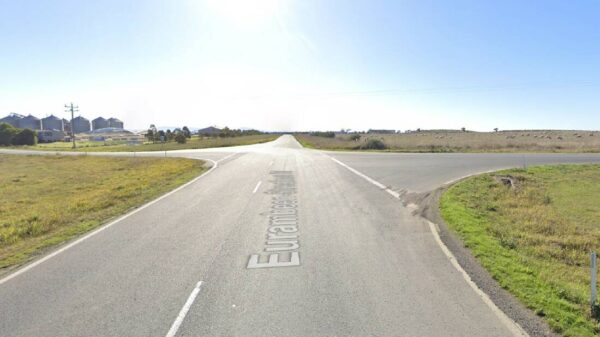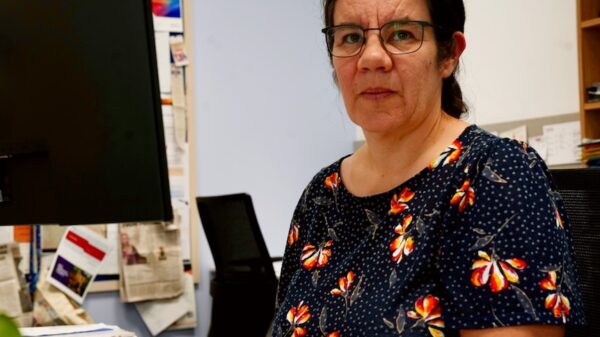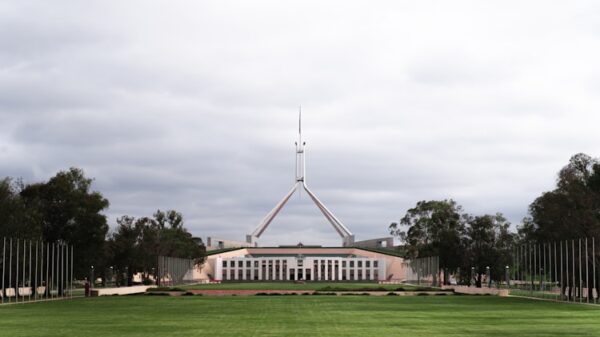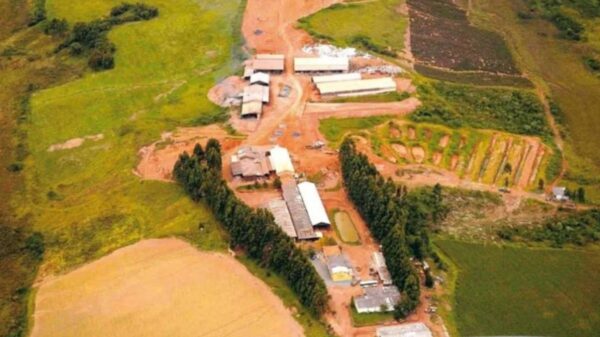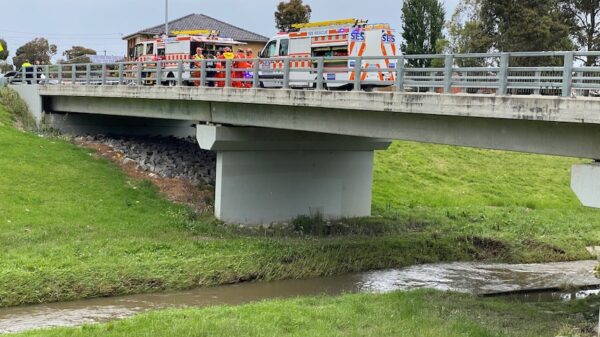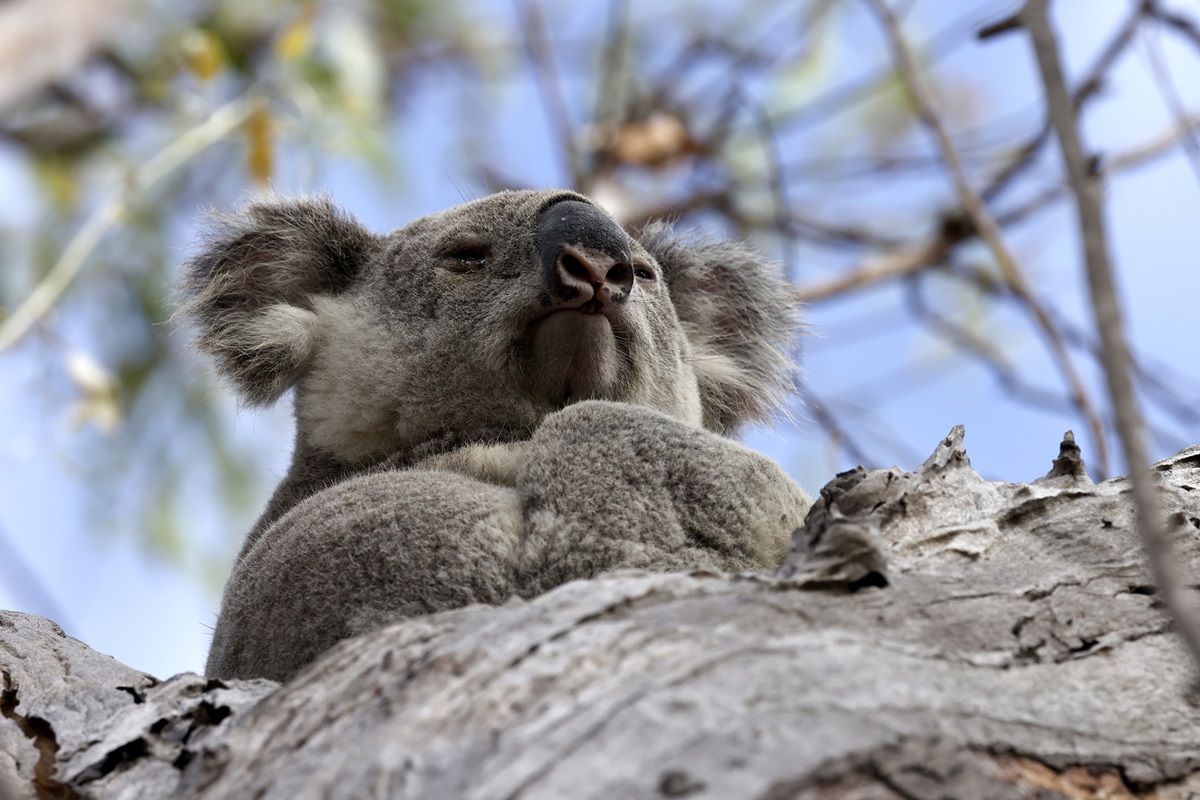Australia’s National Koala Monitoring Program is experiencing a significant advancement in tracking and estimating koala populations thanks to the innovative use of acoustic recorders. This technology has allowed researchers to obtain more reliable estimates of koala numbers across the country, marking a positive trend for the species.
Innovative Technology Enhances Data Collection
The increase in estimated koala numbers stems from various factors, including enhanced survey efforts, improved data models, and the incorporation of sensitive techniques like thermal drones and acoustic recorders. These devices provide high certainty regarding the presence of koalas in specific areas, making them an essential tool for conservation efforts.
With the current mating season underway in Queensland, researchers have deployed around 150 acoustic recorders in Central and Northern Queensland. Following this initial deployment, the program will expand to parts of South Australia throughout November and December. Such extensive monitoring can lead to the discovery of koalas in areas previously deemed unsuitable.
Last year, for instance, researchers confirmed the presence of koalas at the edge of their expected range in Western Queensland. Male koalas were recorded bellowing near the small township of Quilpie, located 478 km west of Roma.
Understanding Koala Behavior
Koalas, primarily nocturnal, can be challenging to spot as they often rest high in trees during the day. To achieve accurate population estimates, the CSIRO’s National Koala Monitoring Program, in collaboration with various partners, employs a wide array of survey methods. These include walking surveys, drone-based thermal imaging, acoustic monitoring, historical surveys, and citizen participation via apps like Koala Spotter.
According to Dr. John McEvoy, a CSIRO ecologist, the acoustic recorders are pivotal for ensuring precise, location-specific data collection for long-term koala conservation. “We’ve been using the acoustic recorders more or less from the start, but we’ve really ramped up our usage of them in the past year,” he explained.
Dr. McEvoy highlighted that many of the study areas have low populations of koalas, making it labor-intensive to search for them on foot. Instead, researchers can deploy a smaller number of recorders that can operate continuously for up to two weeks. If a koala calls within that time frame, it will be captured on the recorder.
Statistically, most koalas will vocalize within a ten-day window, and their calls are unmistakable. Male koalas produce a distinctive bellow, which serves both to attract females and to establish dominance over other males. “The male bellowing is booming and travels quite far away,” noted Dr. McEvoy. “It’s good that it’s so distinctive and so loud because that really does help us identify the koalas on the recorders.”
Recording sessions typically take place from just after dusk until just before dawn to avoid interference from other wildlife sounds. While female koalas also vocalize, their calls are higher-pitched and less detectable.
The deployment of acoustic recorders represents a significant leap forward in the quest to understand and conserve koalas, emphasizing the importance of adapting technology to meet conservation challenges. As Australia’s koala population continues to be assessed with this innovative approach, the outlook for these iconic creatures remains cautiously optimistic.


